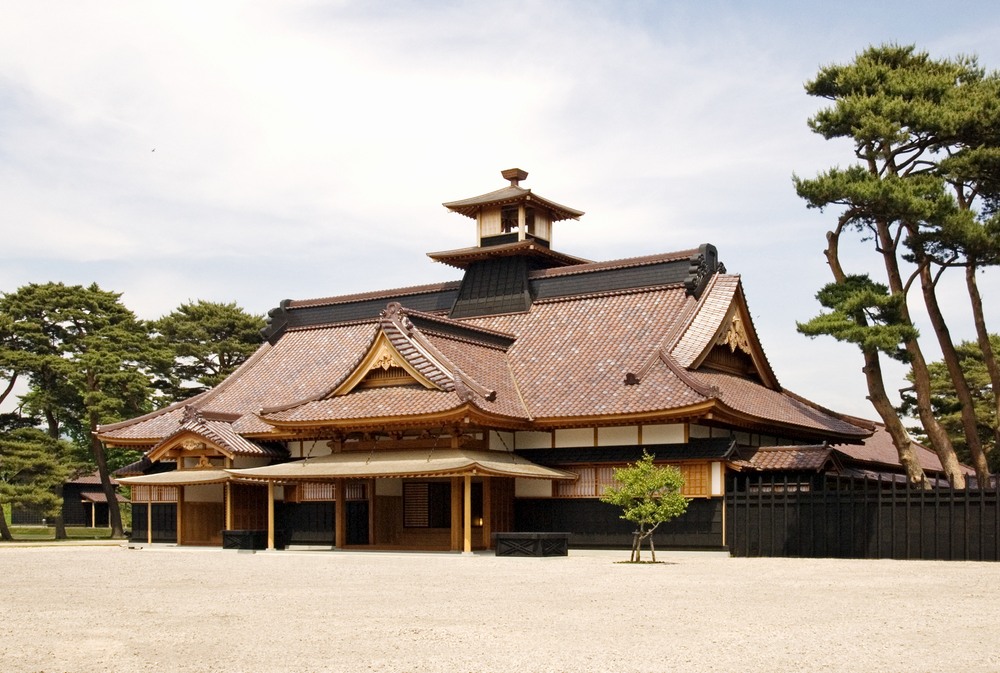
History
In Hakodate, you can view historical ruins and artifacts spanning from the prehistoric Jomon period (around 14,000 BCE to 300 BCE) to Japan's modern Meiji period (1868–1912). This article compiles the main historical sites and attractions within the city of Hakodate into a one-day tour itinerary. The itinerary also includes activities such as pottery making using ancient methods, as well as restaurants that are part of Hakodate's history.
Table of Contents
- See Japan's Historical Heritage at the Hakodate Jomon Culture Center
- Make Jomon Pottery or Accessories
- Head to the sushi restaurant "Hakotaro" near Goryokaku Park to enjoy lunch!
- View the Goryokaku Fort from Goryokaku Tower
- Visit the Impressive Hakodate Magistrate’s Office
- Learn About Ainu Culture at the Hakodate City Museum of Northern Peoples
- Enjoy Dinner at Gotoken, a Restaurant with a Rich History
A Historical Tour of Hakodate: From Prehistory to Modern Times
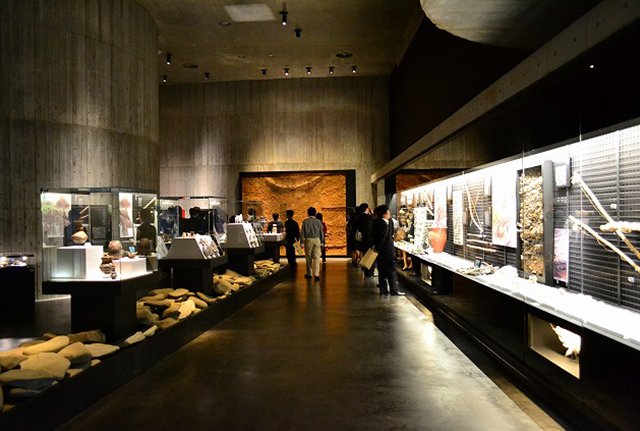
9:00 - 10:00 See Japan's Historical Heritage at the Hakodate Jomon Culture Center
The Hakodate Jomon Culture Center is one of the best places in the country to view Jomon artifacts and get a deeper understanding of the period. The facility houses many items of Jomon craftsmanship, including a very detailed hollow clay figure, the largest excavated in Japan, and the only official national treasure of Hokkaido.
Other must-see artifacts include spouted, red lacquered pottery, and clay tablets bearing the imprints of children’s feet.The museum admission fee is 300 yen.
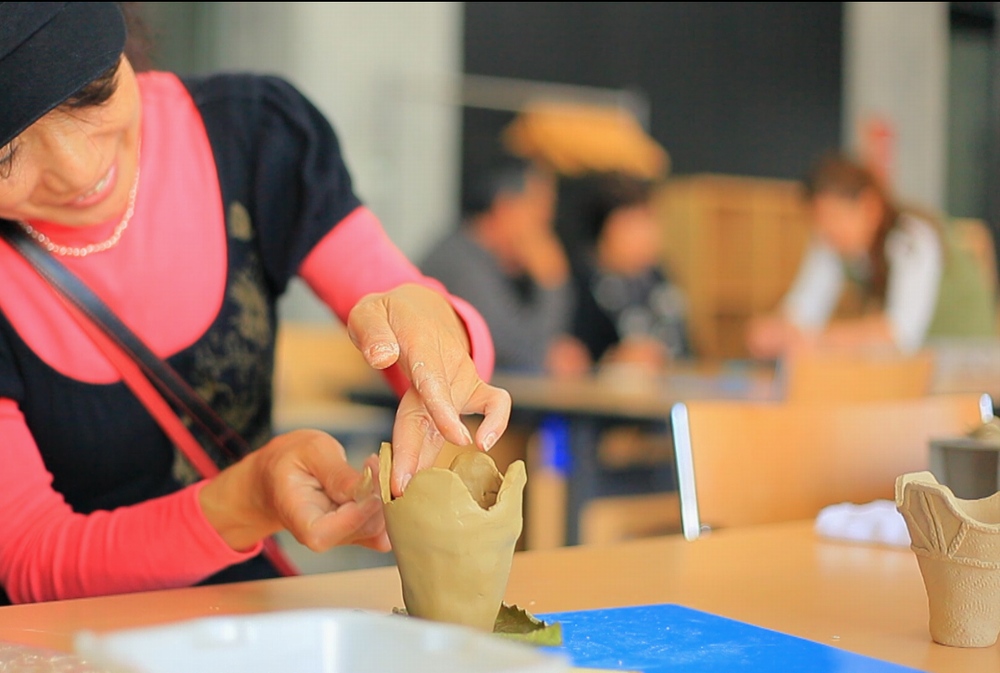
10:00 - 11:00 Make Jomon Pottery or Accessories
After enjoying the exhibits at the Jomon Culture Center, how about trying your hand at making ancient-style pottery or accessories? These craft workshops are offered at the culture center and include making Magatama (comma-shaped beads) and Magatama pendants, as well as miniature cord-print pottery making.
*The workshops may be temporarily unavailable. Please check the official website of the facility for details.
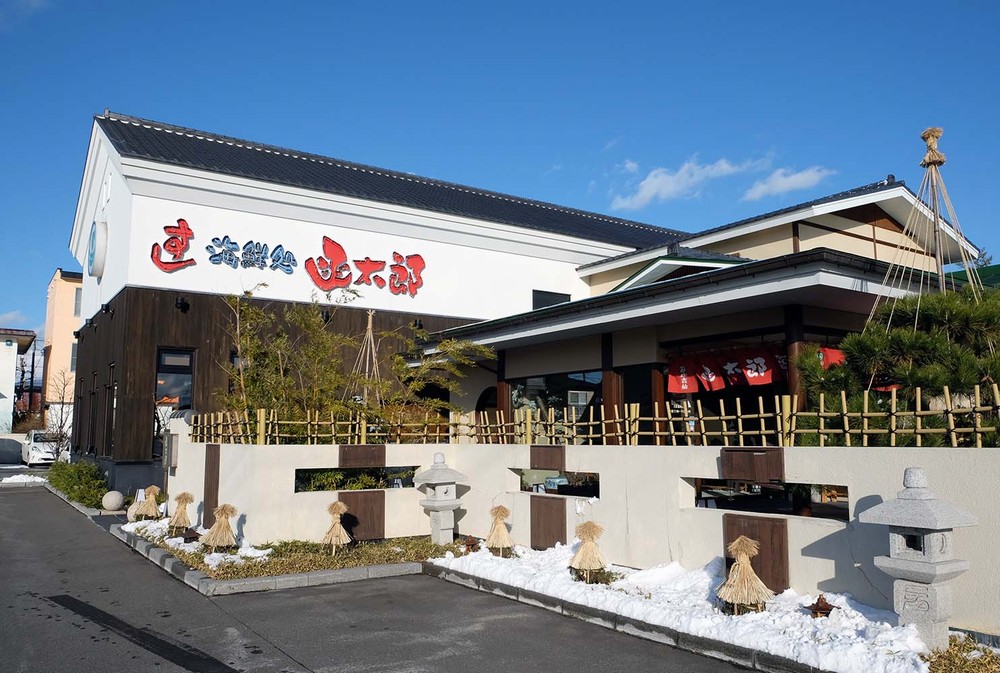
12:00 - 13:30 Head to the sushi restaurant "Hakotaro" near Goryokaku Park to enjoy lunch!
At Kantaro, you can enjoy some of the best sushi in Hakodate made with the delicious seafood this city is known for. Not only is it a conveyor belt sushi store, but you can also see the skillful chefs making the sushi right in front of you.
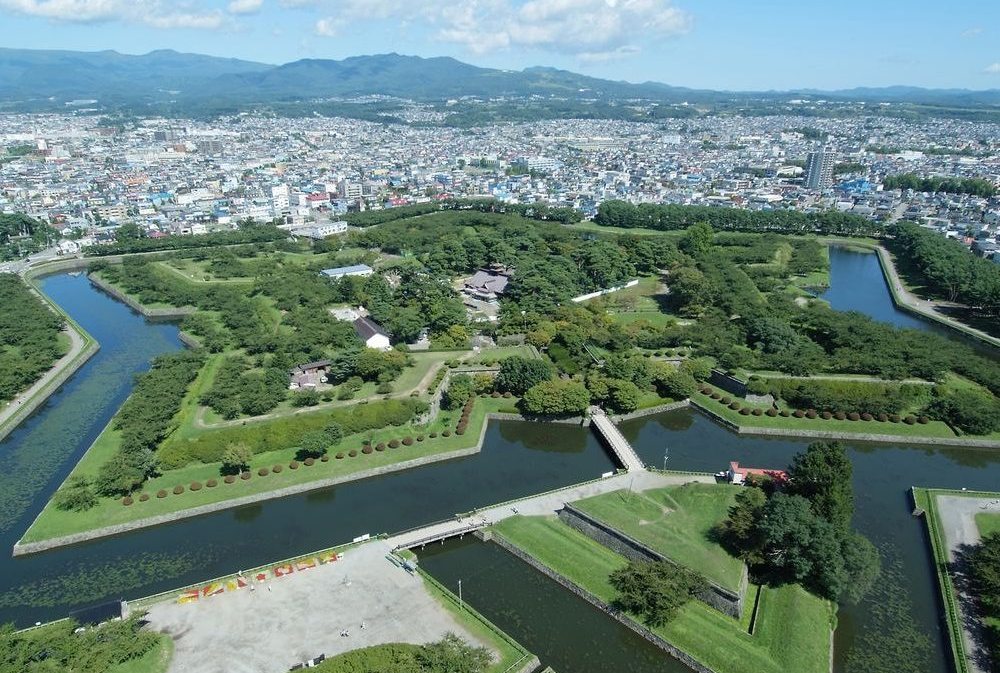
13:40 - 14:40 View the Goryokaku Fort from Goryokaku Tower
After Japan’s isolation period lasting from 1639 until 1854, Hakodate’s port was one of the first in the country to be opened up to foreign trade. High ranking officials, known as magistrates, were dispatched to Hakodate by the shogunate (military government) in order to hold negotiations with foreign powers, take part in administrative duties, and defend the area if needed.
The star-shaped Goryokaku Fort, completed 160 years ago, was built in a style similar to European fortresses of that time, in order to defend against potential attacks using firearms.
The best place to view this fort and learn more about its history is by visiting the observatory in Goryokaku Tower.
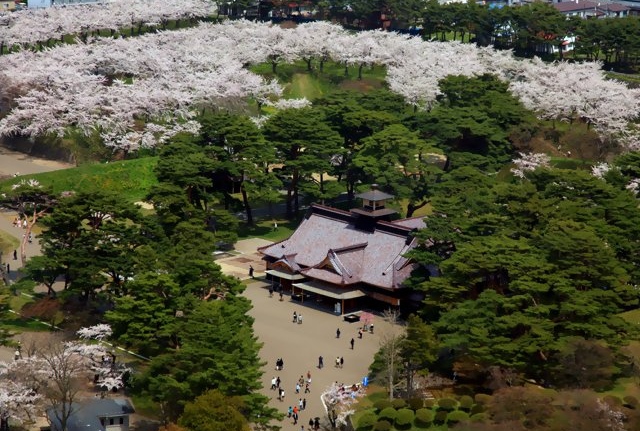
14:45 - 15:15 Visit the Impressive Hakodate Magistrate’s Office
In the center of the star-shaped fortress sits the restored Hakodate Magistrate’s Office, once the main headquarters of the samurai magistrates. The building is constructed in a traditional Japanese architectural style, and features exquisite wood craftsmanship and vast traditional tatami rooms. By visiting here, you’ll get a glimpse of the samurai lifestyles from around the end of the Edo period.
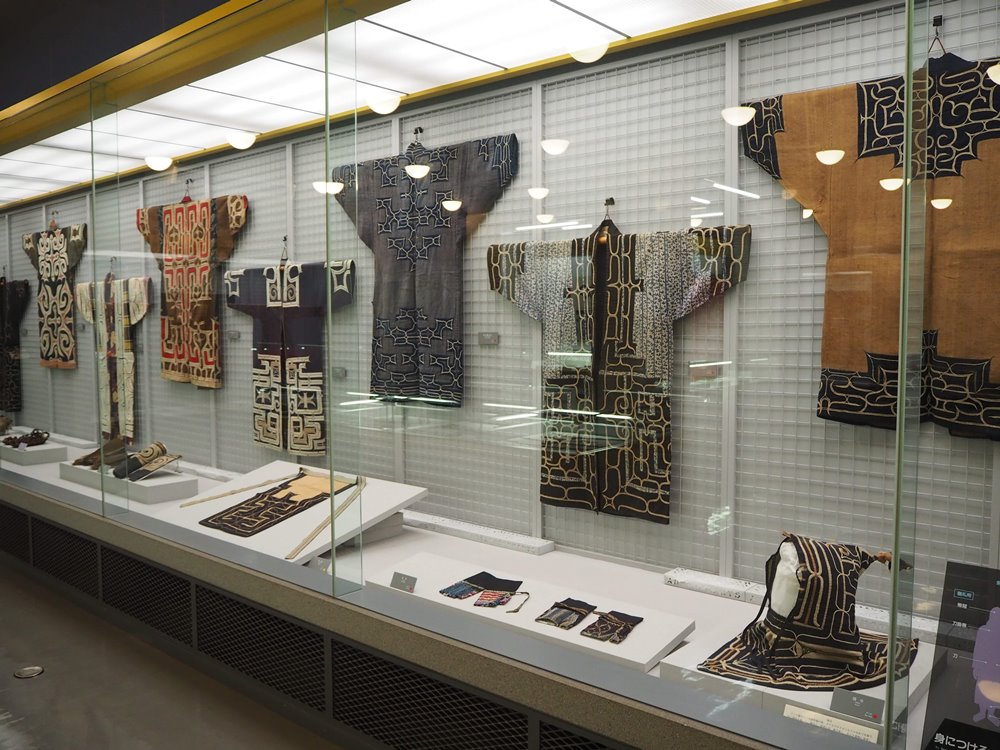
16:05 - 17:00 Learn About Ainu Culture at the Hakodate City Museum of Northern Peoples
The Ainu people are an indigenous ethnic group of northern Japan, and were the first known settlers of Hokkaido. The Ainu have their own unique and distinctive language, culture, and traditions.
You can delve deeper into the culture of the Ainu by visiting the Hakodate City Museum of Northern Peoples. Here it’s possible to see beautiful traditional Ainu clothing and items, as well as learn about the culture and history of the Ainu. You can even try your hand at traditional Ainu paper crafts, or make and play a mukkuri mouth harp!
*Operating hours from April to October: 9:00 AM – 7:00 PM
*Operating hours from November to March: 9:00 AM – 5:00 PM
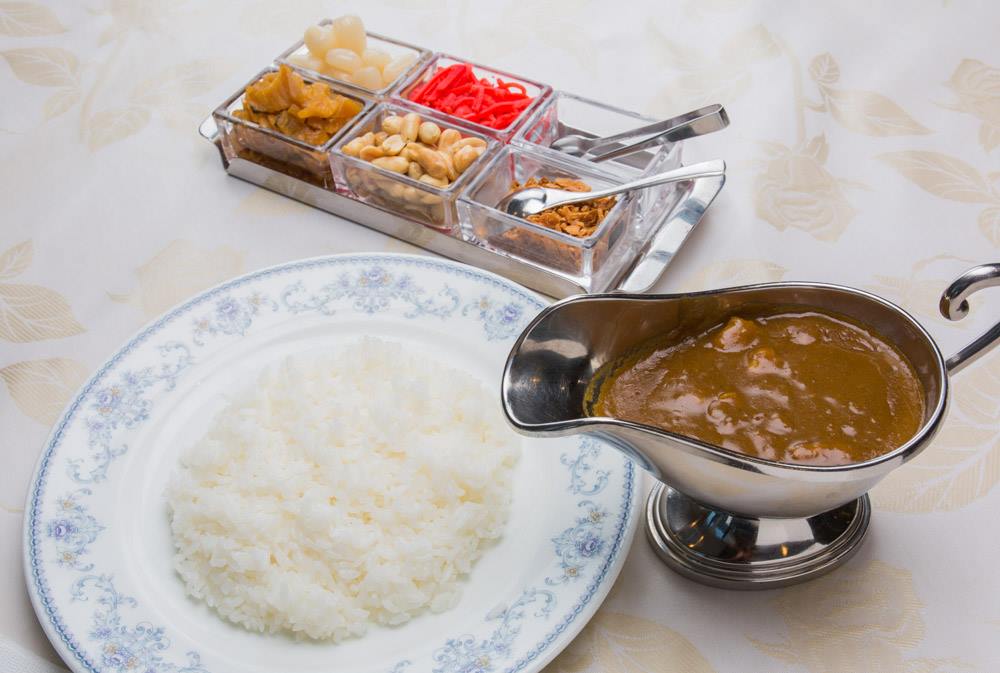
17:10 - 18:30 Enjoy Dinner at Gotoken, a Restaurant with a Rich History
Gotoken is a Western-style restaurant established in 1879. The first chef learned to cook Russian cuisine, and the following generation chef learned culinary techniques at the Tokyo Imperial Hotel creating the curry menu of Gotoken that we can enjoy today.
We suggest trying the ‘Meiji Western Food and Curry’ set, which features a delicious corn soup and two types of curry that have an incredibly smooth texture. These flavors are now an integral part of Hakodate’s culinary culture.
Have Fun Exploring the History of Hakodate
If you like history, a visit to Hakodate will be a most satisfying experience. This one-day itinerary will offer insights into less known aspects of Japan’s history and culture.

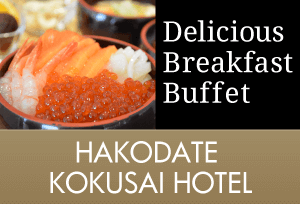
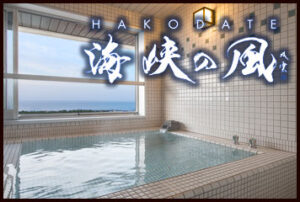
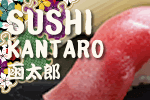
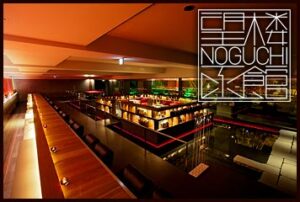
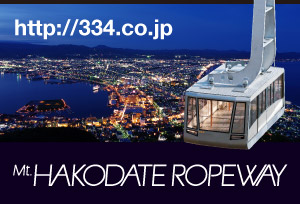
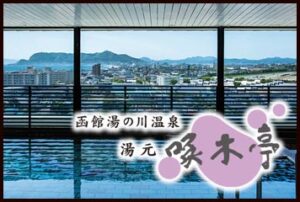

サトーエージェンシー TEL:0138-26-7277](https://www.hakodate.travel/en/wp-content/themes/hakodate-city-multi/assets/images/cmn/boshuyoukou-1.png)